Thursday,
Dec 4
Amsterdam
7°
Friday,
Dec 5
Amsterdam
5°
Saturday,
Dec 6
Amsterdam
10°
Sunday,
Dec 7
Amsterdam
12°
Monday,
Dec 8
Amsterdam
9°
Tuesday,
Dec 9
Amsterdam
11°
MORE IMPORTANT INFORMATION ABOUT YOUR TRAVEL TO Amsterdam
The Train station is located at the center of Amsterdam
Amsterdam is the capital and most populous city of the Netherlands with a population of 872,680 within the city proper, 1,380,872 in the urban area and 2,410,960 in the metropolitan area. Found within the province of North Holland, Amsterdam is colloquially referred to as the "Venice of the North", attributed by the large number of canals which form a UNESCO World Heritage Site. Amsterdam's name derives from Amstelredamme, indicative of the city's origin around a dam in the river Amstel. Originating as a small fishing village in the late 12th century, Amsterdam became one of the most important ports in the world in the Dutch Golden Age of the 17th century and became the leading centre for finance and trade. In the 19th and 20th centuries, the city expanded, and many new neighbourhoods and suburbs were planned and built. The 17th-century canals of Amsterdam and the 19–20th century Defence Line of Amsterdam are on the UNESCO World Heritage List.
Source:
WikipediaADDITIONAL INFORMATION ABOUT Dusseldorf
The Train station is located at the center of Dusseldorf
Düsseldorf (often Dusseldorf in English sources; UK: US: German: [ˈdʏsl̩dɔʁf]; Low Franconian and Ripuarian: Düsseldörp ([ˈdʏsl̩dœɐ̯p]); archaic Dutch: Dusseldorp) is the capital and second-largest city of the most populous German state of North Rhine-Westphalia after Cologne, and the seventh-largest city in Germany, with a population of 617,280. At the confluence of the Rhine and its tributary Düssel, the city lies in the centre of both the Rhine-Ruhr and the Rhineland Metropolitan Regions with the Cologne Bonn Region to its south and the Ruhr to its north. Most of the city lies on the right bank of the Rhine (as opposed to Cologne, whose city centre lies on the river's left bank). The city is the largest in the German Low Franconian dialect area (closely related to Dutch). "Dorf" meaning "village" in German, the "-dorf" suffix (English cognate: thorp) is unusual in the German-speaking area for a settlement of Düsseldorf's size. Mercer's 2012 Quality of Living survey ranked Düsseldorf the sixth most livable city in the world.
Source:
WikipediaImages of the trains for your trip
Where Can You Travel With Us?
TAKE A LOOK AT OUR MAP
France
Italy
Netherlands
Luxembourg
Austria
Germany
Belgium
Switzerland
Denmark
Sweden
Norway
Hungary
Czech
Ukraine
China
Active
France, Italy, Netherlands, Luxembourg, Austria, Germany, Belgium, Switzerland, Denmark, Sweden, Norway, Hungary, Czech, Ukraine, China
Upcoming
USA, Canada, Spain, Poland, Japan
Other Train Trips From Dusseldorf

Dusseldorf to Waldkirch

Dusseldorf to Tubingen
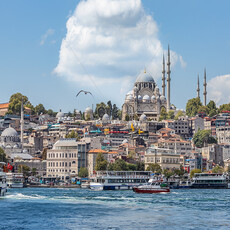
Dusseldorf to Gera South

Dusseldorf to Landau Isar

Dusseldorf to Kulmbach
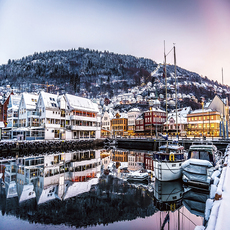
Dusseldorf to Seelow Mark

Dusseldorf to Berlin Warschauer Strasse
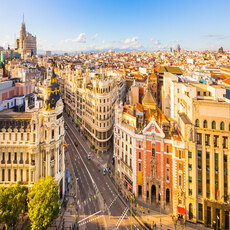
Dusseldorf to Laufenburg Baden DE
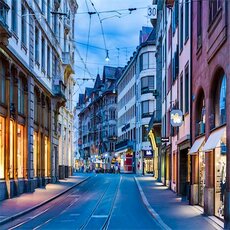
Dusseldorf to Wernshausen
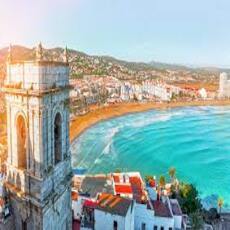
Dusseldorf to Werne A D Lippe

Dusseldorf to Berlin Karlshorst
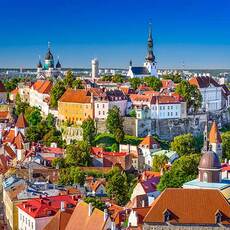
Dusseldorf to Apolda

Dusseldorf to Dombuhl
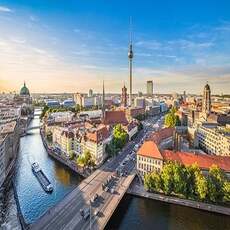
Dusseldorf to Roth
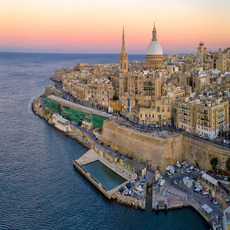
Dusseldorf to Monchengladbach Lurrip
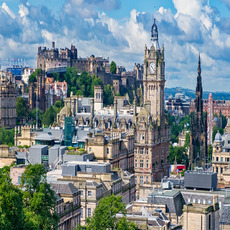
Dusseldorf to Wolkramshausen

Dusseldorf to Birkenfeld Enz

Dusseldorf to Ascheberg Holst

Dusseldorf to Baunatal Guntershausen

Dusseldorf to Wolkenstein

Dusseldorf to Wittlich

Dusseldorf to Pellworm
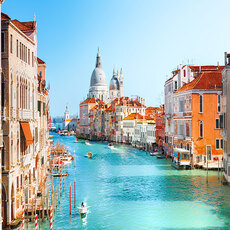
Dusseldorf to Husum
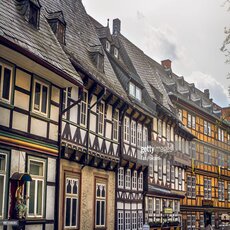
Dusseldorf to Heidelberg Altstadt
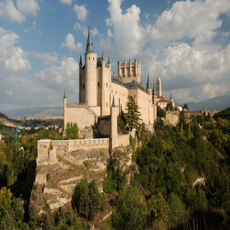
Dusseldorf to Saalfeld Saale

Dusseldorf to Wiesbaden Biebrich

Dusseldorf to Melle DE

Dusseldorf to Simmelsdorf Huttenbach

Dusseldorf to Feldhausen

Dusseldorf to Frankenthal South
WHY YOU SHOULD TRAVEL BY TRAIN?
To travel from Dusseldorf To Amsterdam, trains would be the best travel choice, for several reasons:
1
Eco-Friendly
Trains are the most environmentally-friendly way of transport to the EU Environment Agency. They are powered by electricity, which is renewable and has a low environmental impact.
2
Speed
Travelling by train is in most cases the fastest way to go from Rome to Milan. Trains usually travel at high speeds, making them the fastest way to get from one place to another.
3
Safety
Travelling by train is one of the safest forms of transport. Trains are heavily regulated and monitored, making them safer than other forms of transport.
4
Price
Travelling by train is often cheaper than other forms of transport, such as flying or taking a bus. Trains are often subsidized by the government, making them cheaper than other forms of transport.
5
Luggage
Travelling by train is a great way to transport luggage. Trains usually have plenty of space for luggage and they are usually safe and secure.
6
Luggage
Travelling by train is often faster than other forms of transport, such as driving or taking a bus. Trains usually travel at high speeds, making them the fastest way to get from one place to another.
7
Comfortability
Travelling by train is usually very comfortable. Trains usually have comfortable seating and plenty of legroom, making them a great way to travel.
8
Comfortability
Travelling by train is a great way to get some sleep. Trains usually have comfortable seats and plenty of legroom, making them a great way to get some rest while travelling.
9
WIFI
This is not necessarily the most important when you travel since we prefer to tell you to enjoy your travel without your phones, but on trains, you can find WIFI onboard, so you remain connected to the internet if you choose to.
THESE ARE THE TRAIN OPERATORS WE WORK WITH



















